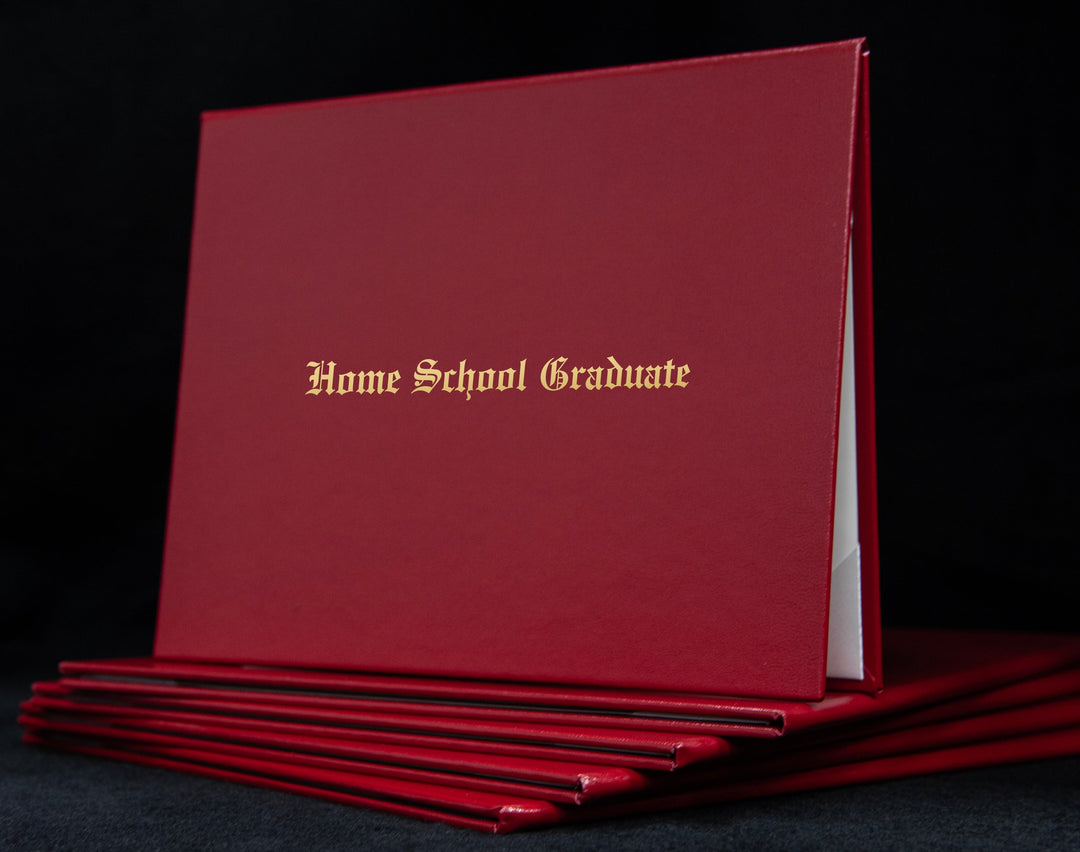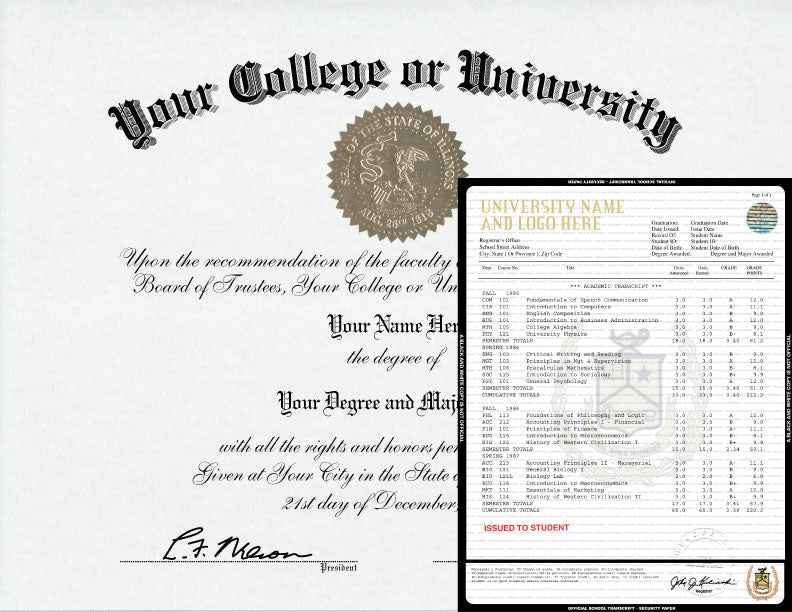What Are the Most Common Causes of Damage to Diplomas?

Your diploma is printed on durable paper to weather the years and conditions that it may encounter. No matter how careful you are, your diploma will sustain some type of damage over time. A diploma holder is often the best way to protect your degree from potential damage. Let’s take a look at how your diploma can become damaged over time and how you can protect the symbol of one of life’s most important investments, your education.
Small bends in your diploma
When your diploma is mailed to you, it is sent in a protective envelope. This envelope will mitigate the likelihood of bending while it circulates through the mail. The moment you take your diploma out of this envelope, it’s likely that bends and creases can occur. You may accidentally scuff up the corners of your diploma when handling it. Putting it in a file holder or between books can also put undo weight on the diploma paper.
Oils in your hands
When you handle your diploma, the oils in your hands will start deteriorating the paper. Oils in your hands can increase the speed of discoloration of the paper. It can also potentially smudge the ink on your diploma. Your diploma will also start to attract dirt and grime, which can further deteriorate the paper.
Light
Many people display their diplomas in a frame. Depending on how close the diploma is placed to light and the type of light can hurt a diploma over time. The intensity of light and long exposure times can ultimately cause bleaching and yellowing of paper. Even acid-free paper will deteriorate in quality if ultraviolet light interacts with it over time. This is why you see books and other old documents deteriorate. Ultraviolet light speeds up this process.
Moisture
Most people handle their college diploma with a tremendous amount of care. Even with the utmost care, humidity and moisture will take a toll on your diploma. Paper is made of fibers and reinforced with molecular bonds. Over time, moisture and humidity will damage these bonds and the paper will be susceptible to tears.
Humidity levels that are 65% will make most paper start absorbing moisture within 30 seconds. This can make the edges of your diploma appear wavy and distorted. When your diploma dries out again, it can become brittle over time.
Extreme temperatures
Both heat and cold temperatures can have an impact on your diploma. High temperatures will make chemical deterioration happen faster in paper. As a general rule of thumb, your diploma should not be hung on an external wall of your home. Basements and garages may seem like ideal storage spaces for documents over the years, but temperature fluctuations frequently happen in these spaces.
Showing off your diploma
When other people handle your diploma, the odds of damage increase. Recent graduates may want to show their friends and family their diploma. The oils in other people’s hands and how they handle the diploma could potentially result in accidental damage.
Losing your diploma
Diplomas get lost for a wide variety of different reasons. They can get lost during a move, or disappear in storage. Most people keep their diploma in a secure location, but even with the greatest amount of care, diplomas get lost.
What are the best ways to keep your diploma safe?
Many people start thinking about protecting their diploma the moment it arrives in the mail. Here are a few ways that you can protect your diploma.
Purchase a diploma holder
A diploma holder will keep people's hands off of your diplomas. If you want to share your diploma, you can flip the cover open, hold the diploma, and handle the diploma without physically touching it. The diploma holder will also protect your diploma when you put it in a filing cabinet or put it in a box for safekeeping.
Hang your diploma in a safe place
One way to protect your diploma is to hang it carefully. Try to avoid a wall with direct access to sunlight or near a heat source, such as a fireplace or vent. Also try to select a wall in your home or office that connects to another room rather than the outside of your home.
Keep humidity levels in your home at a safe level
Ideally, you want to keep humidity levels in your home between 35% to 55%. This is the ideal humidity level for rooms where documents are stored. You can control the humidity level in a single room with a humidifier or dehumidifier and your home may also have these built in as part of your HVAC. Ideally, avoid storage units and other spaces where you don’t have control of the humidity.
Try not to let other people handle your diploma
Your high school or college diploma is a talking point. You may want to let someone hold it so you can show them the unique seals and designs from your college or university. If you want to let other people see your diploma, only do so if you have a diploma holder.
Get a copy of your diploma for safekeeping
People often get an additional copy of their diploma while storing the other one in a safe or filing cabinet. This allows you to keep your academic documents in a safe place without being handled, while you can showcase your copy in your home or office.
Try a diploma cover from Hey Congrats
Why not try a diploma holder from Hey Congrats? Our diploma covers are made from leatherette and satin ribbon. We also offer color options and engraving to make your diploma cover personalized. This can be a great graduation gift or something you buy on your own to protect your most important investment, your education.




